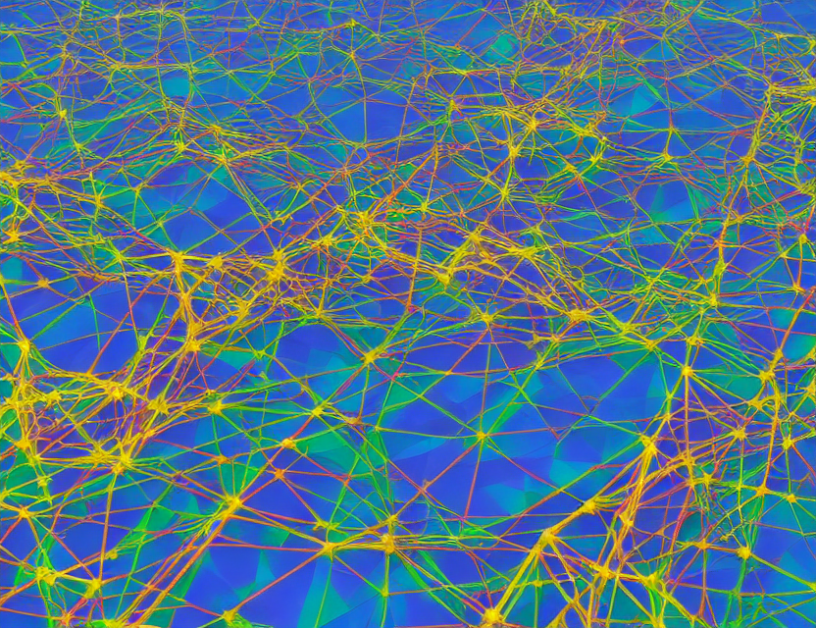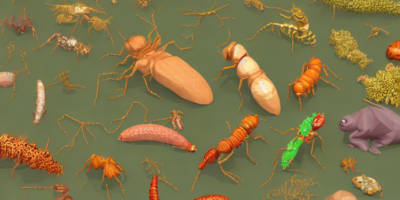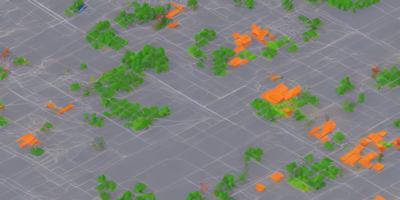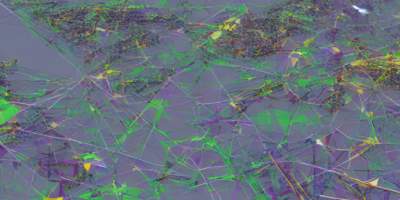Cellular information dynamics are complex processes that occur within cells to process and respond to environmental stimuli. These dynamics have been studied extensively in recent years, with a focus on understanding how cells acquire, analyze, and respond to information from their surroundings. The study of cellular information dynamics is crucial for understanding how cells function and how they adapt to changes in their environment.
In this article, we will explore the complex interactions between cellular components that enable cells to process and respond to information from their environment. We will discuss the role of transmembrane ion fluxes as carriers of information, how these dynamics are subject to continuous optimization by Darwinian processes, and how computer simulations have demonstrated limitations in current models of cellular information dynamics.
To better understand these concepts, let’s use an analogy: Imagine a busy train station where cells are the trains, and transmembrane ion fluxes are the conductors that carry important information between them. Just as conductors help direct the movement of trains, transmembrane ion fluxes play a critical role in directing the flow of information within cells.
The study of cellular information dynamics is like solving a complex puzzle, where each piece represents a different component of the cell. By understanding how these pieces fit together and interact, we can gain insights into how cells function and adapt to their environment.
One important aspect of cellular information dynamics is the role of receptors in signal transduction. Receptors are like specialized gates that allow cells to receive and respond to specific signals from their environment. When a signal binds to a receptor, it triggers a cascade of downstream signaling events that ultimately lead to changes in cellular behavior.
Another critical component of cellular information dynamics is the cytoskeleton, which provides structural support and plays a key role in directing the flow of information within cells. The cytoskeleton acts like a network of roads that allow signals to travel efficiently throughout the cell.
Current models of cellular information dynamics have shown limitations in their ability to fully capture the complexity of these processes. However, recent advances in computational modeling and simulation techniques have provided new insights into how cells process and respond to information from their environment. These advances have also highlighted the need for further research into the mechanisms underlying cellular information dynamics.
In conclusion, cellular information dynamics are complex processes that play a critical role in understanding how cells function and adapt to changes in their environment. By using analogies and computational models, we can gain insights into these dynamics and better understand how cells process and respond to information from their surroundings. Further research in this area will continue to advance our understanding of cellular biology and its applications in fields such as medicine and biotechnology.
Cell Behavior, Quantitative Biology
Dynamics of Cellular Information Processing: A Reservoir Computing Perspective



